Middle Eastern cuisine uses some of the most exciting spices and spice blends in the world. I'll show you the spice blends and spices you'll need if you want to cook great Middle Eastern food.
Richly aromatic and deeply flavorful, these spices are one of the reasons Middle Eastern cuisine is so beloved worldwide.
Here are the most important spices and spice blends in Arabic cuisine that you should add to your spice cabinet (with explanations of how to use them).
Jump to:
Za'atar Recipe
Za'atar is a fantastic, nutty, and herbaceous spice blend from the Middle East. It's a savory spice blend that has several types of dried herbs, tangy sumac, and toasted sesame seeds.
Use it to top eggs, avocado toast, manakish, or on top of yogurt for dipping pita.

Aleppo Pepper
Aleppo pepper (or Halaby pepper) is made from dried chili peppers that are crushed into flakes. It's similar to an Ancho chili in terms of heat and has undertones of sweetness and a raisin-like flavor.
Use it as a rub on chicken thighs, muhammara dip, chicken kabobs, or in any dish you would use red pepper flakes.
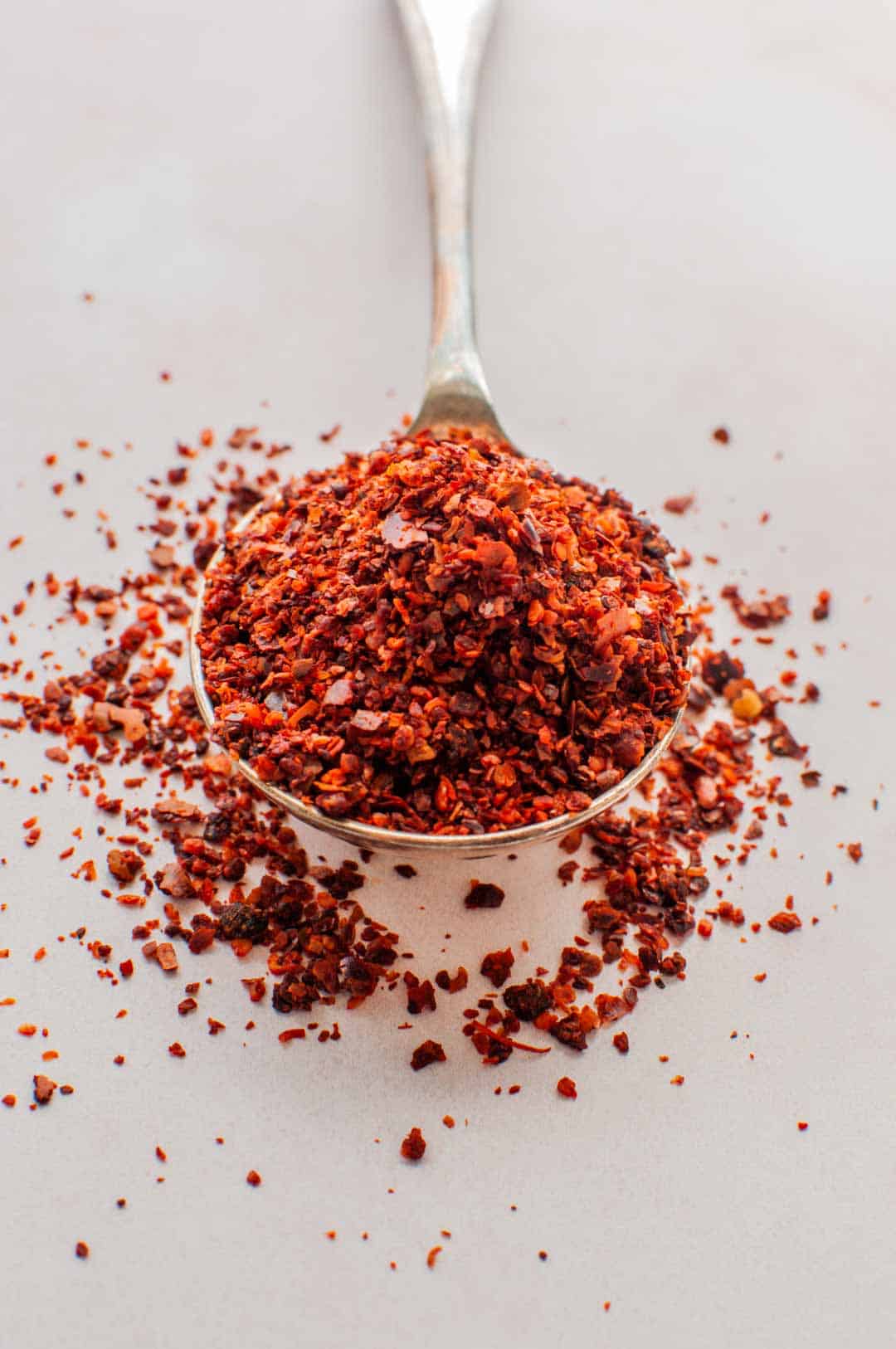
Dukkah Recipe
This dukkah recipe is a delicious addition to avocado toast, dips, fish, and meats in cooking.
Dukkah (pronounced doo-kah) is an Egyptian spice blend. The word dukkah, in Arabic, means "to crush" or "to blend". Dukkah is used as an all-purpose spice, and often, families and vendors have their own blends and traditional ways of combining the ingredients.
Use it on top of fish or meat, sprinkled on yogurt, or on avocado toast. You can also use it in this Grilled Zucchini with Yogurt, Dukkah, & Sumac recipe.
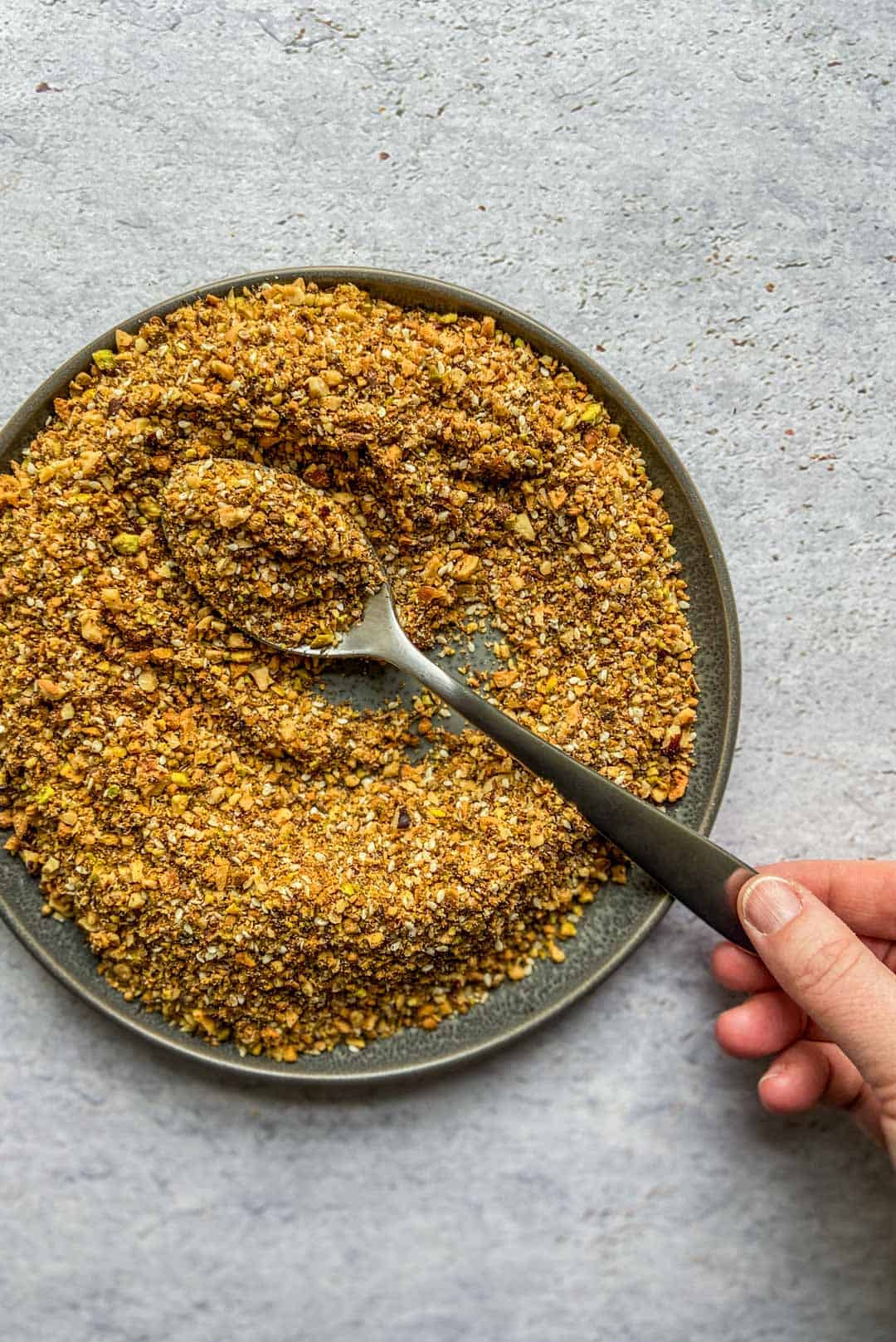
Turmeric Spice
Turmeric is a plant in the ginger family and is native to Southeast Asia. It’s commonly used in food (often in curries) and as a dye.
It's often used in Middle Eastern fish and chicken dishes. I love it in Mujaddara - a rice, lentil, and onion recipe from the Levant.
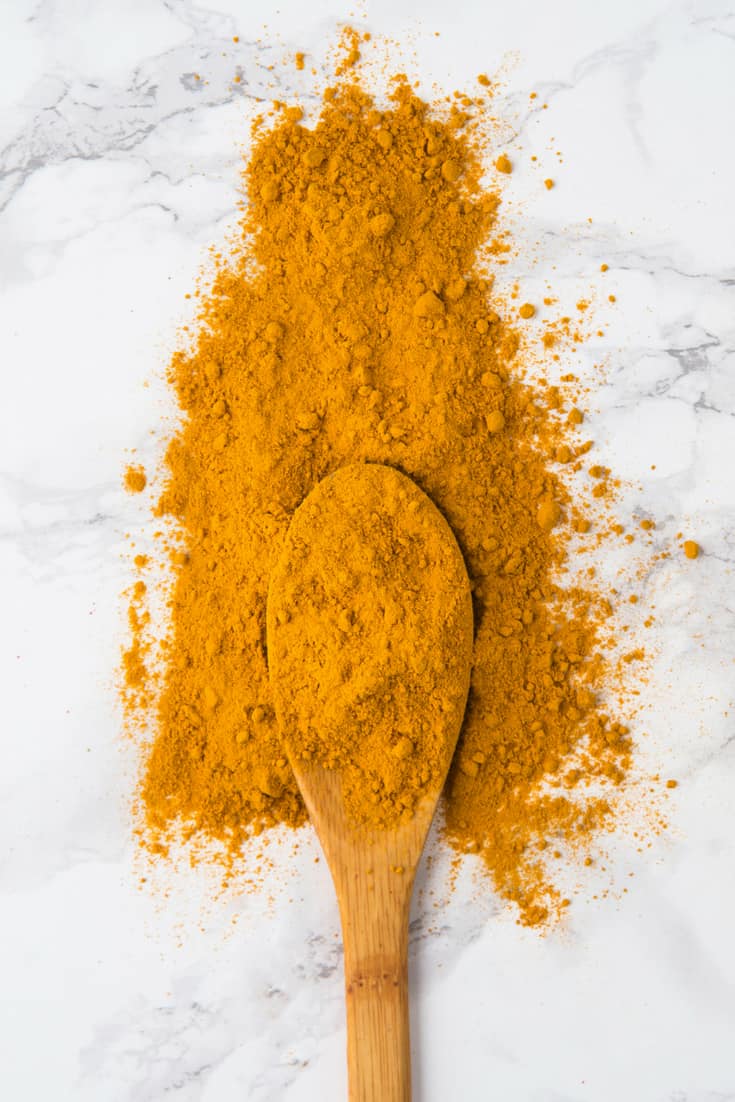
Hawaij Spice Recipe
Hawaij spice means "mixture" in Arabic and is very popular in Yemeni cuisine. It's a spice blend with primarily cumin and black pepper and often contains cardamom, coriander, turmeric, cinnamon, ginger, and cloves.
Add it to your coffee or use it in this Hawaij Chicken Recipe.
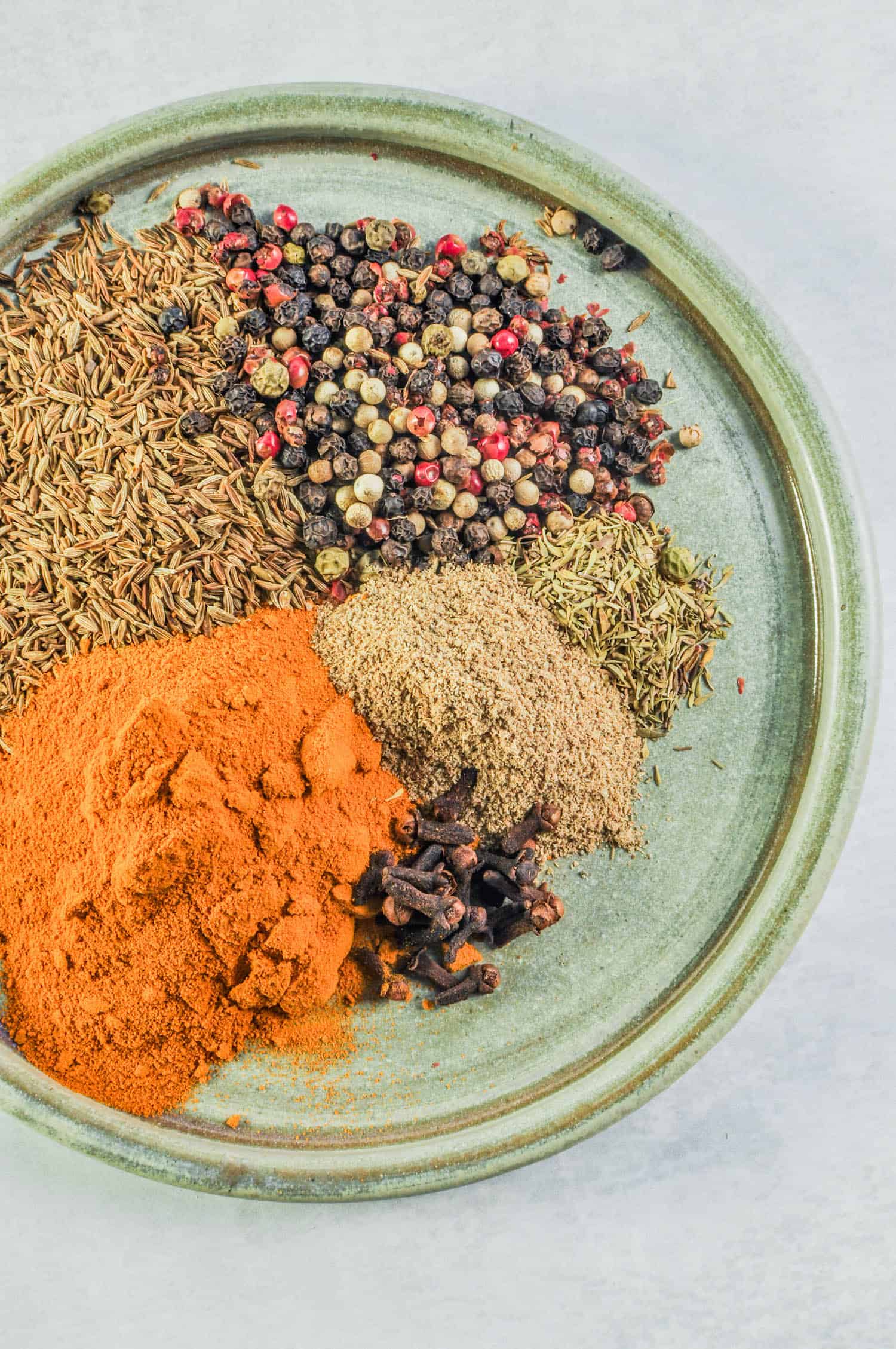
Baharat Spice Mix
Baharat (which means "spices" in Arabic) is a spice blend used in Greek and Middle Eastern cuisine. It's an all-purpose seasoning that can be used to flavor just about any dish and is popular in the Arabian Gulf, Lebanon, Syria, and Palestine. I think of it as the workhorse spice blend of the region.
Use it on chicken, eggplant, fish, lamb, or in Lebanese chickpea or lentil stew.

Saffron Spice
Saffron is a gorgeous spice, and a little goes a long way (which is good because it’s not too cheap!) Saffron comes in long, thin strands – it’s actually the stigma of a small, purple crocus flower grown in Iran, Greece, India, and Spain.
Use it to flavor rice or desserts.
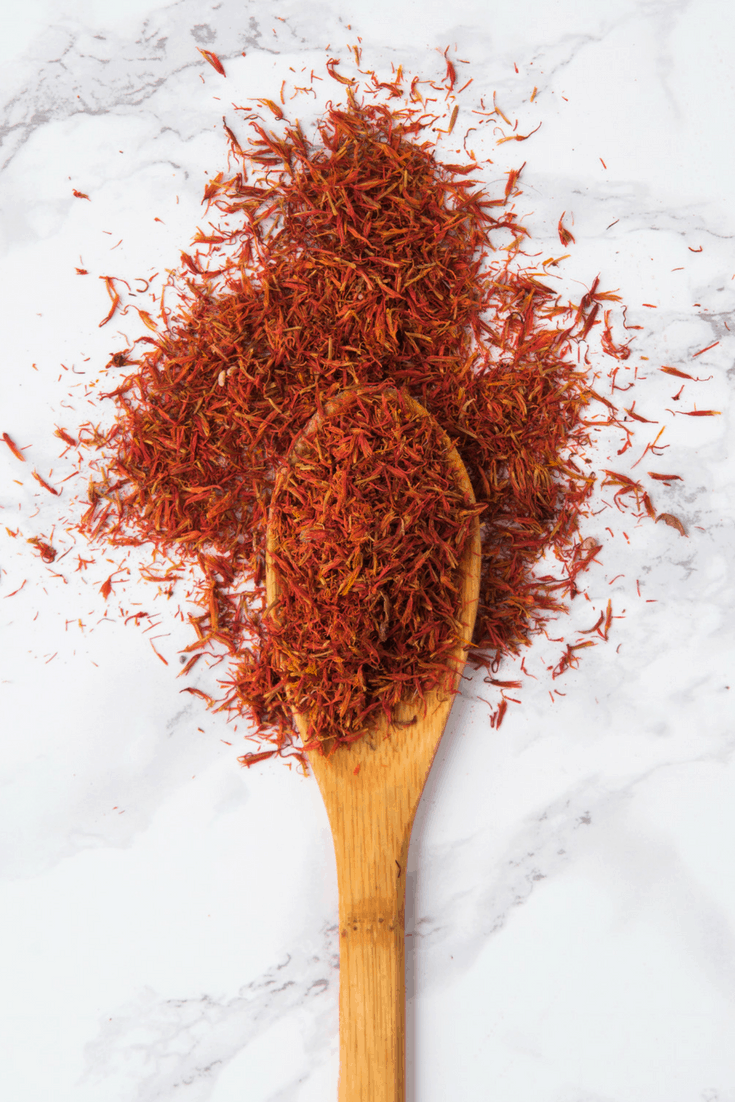
Ras el Hanout Recipe
Ras el Hanout is a spice blend used in tagines, soups, rice dishes, and vegetables. In Arabic, it means "head of the shop" or "top of the shop," which basically means top shelf, signifying that this spice blend is the best in the shop.
Use it in this Moroccan Chicken with Preserved Lemon recipe or Mediterranean Lentil Soup.
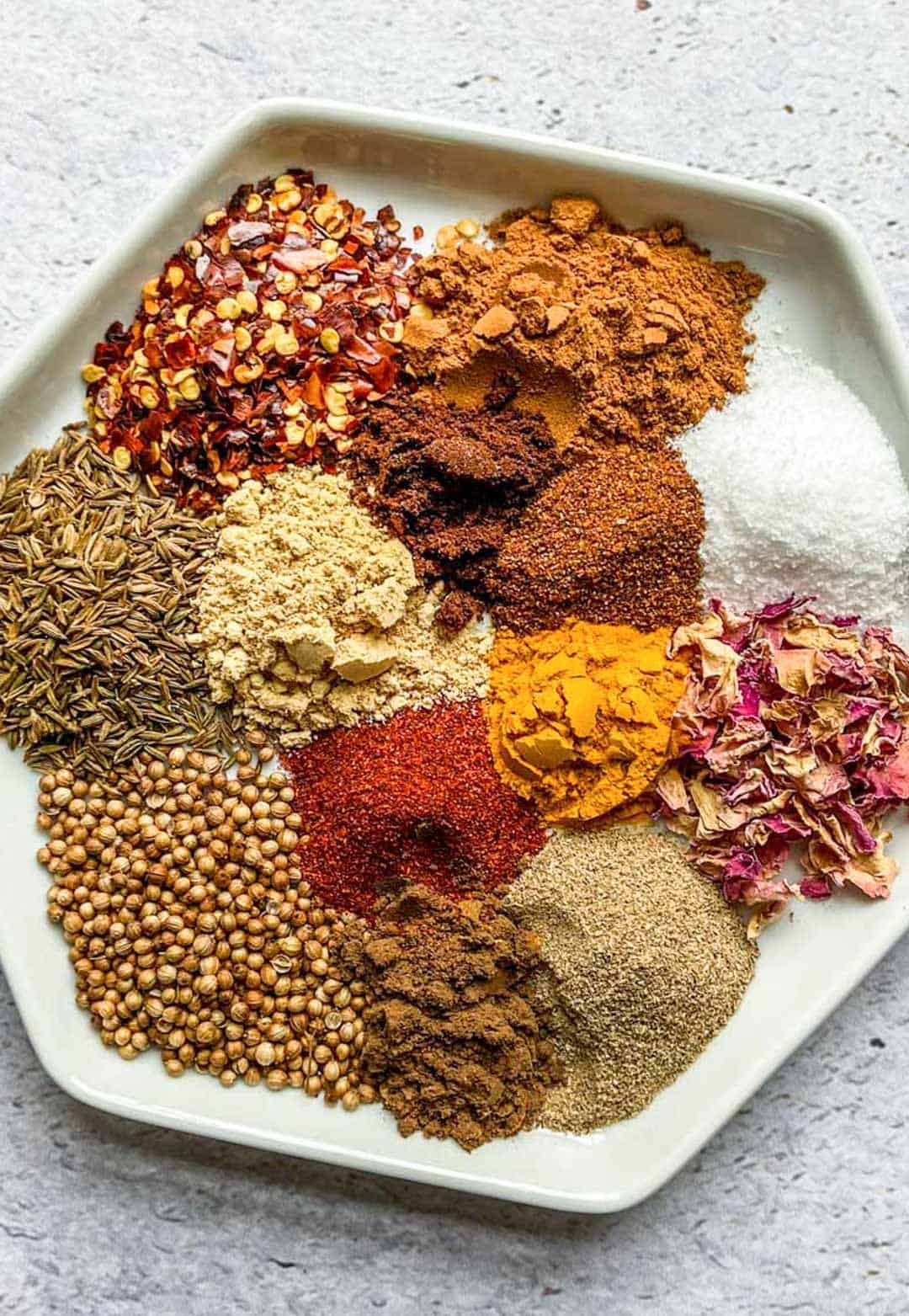
Mahlab Spice
Mahlab is the pit of a small sour cherry tree (St. Lucy's) found in the Mediterranean. The pits are cracked and then ground to form a powder. It has a fruity flavor but is also bitter.
Use mahlab for baked goods like cookies (ka'ak), bread, or cakes.
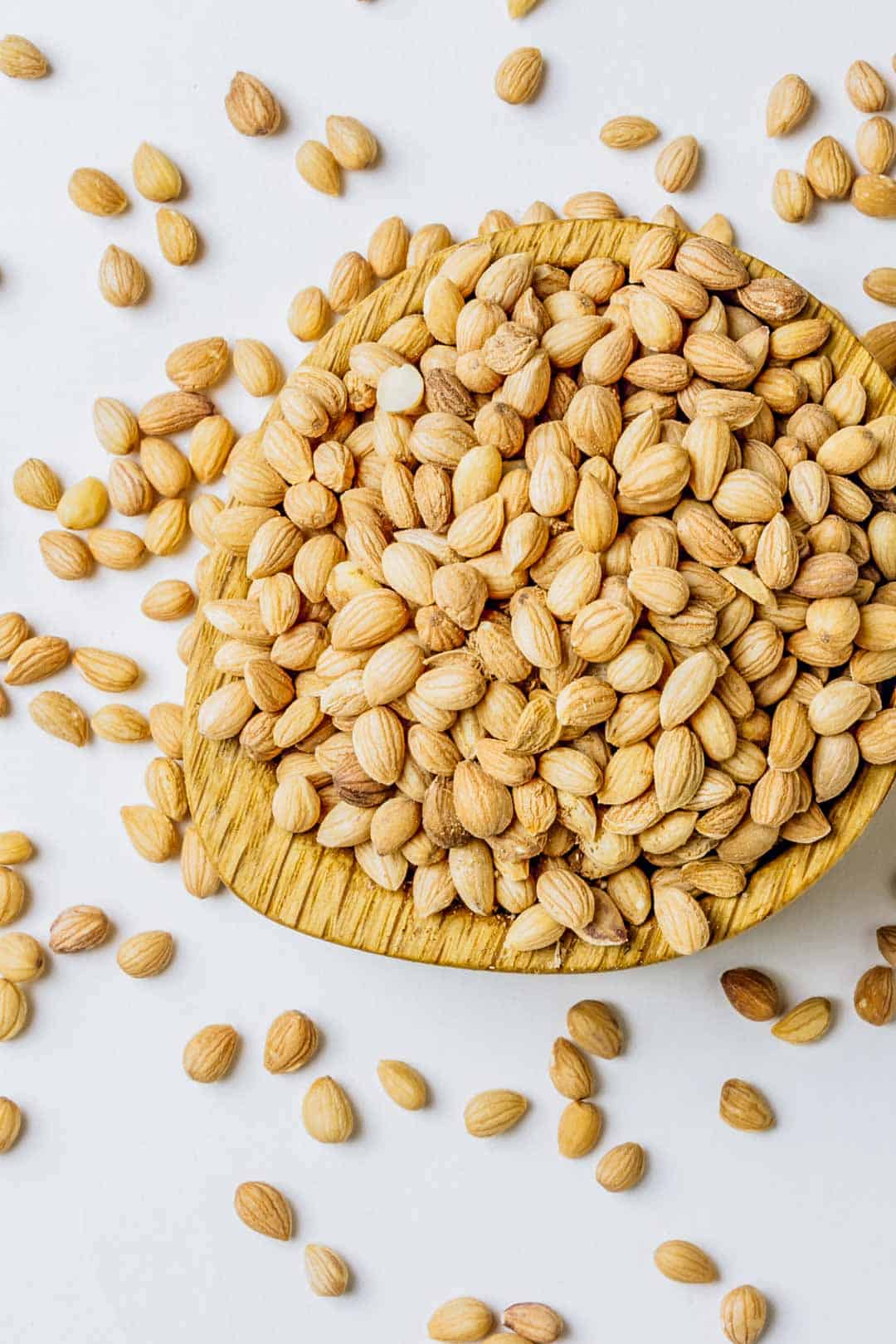
Cardamom Spice
Cardamom is a spice made from seed pods - the most common of which have a papery green skin.
Cardamom is highly aromatic and prized around the world. It's the third most expensive spice (only eclipsed by saffron and vanilla).
Use it in rice, meat dishes, or in stews and soups.
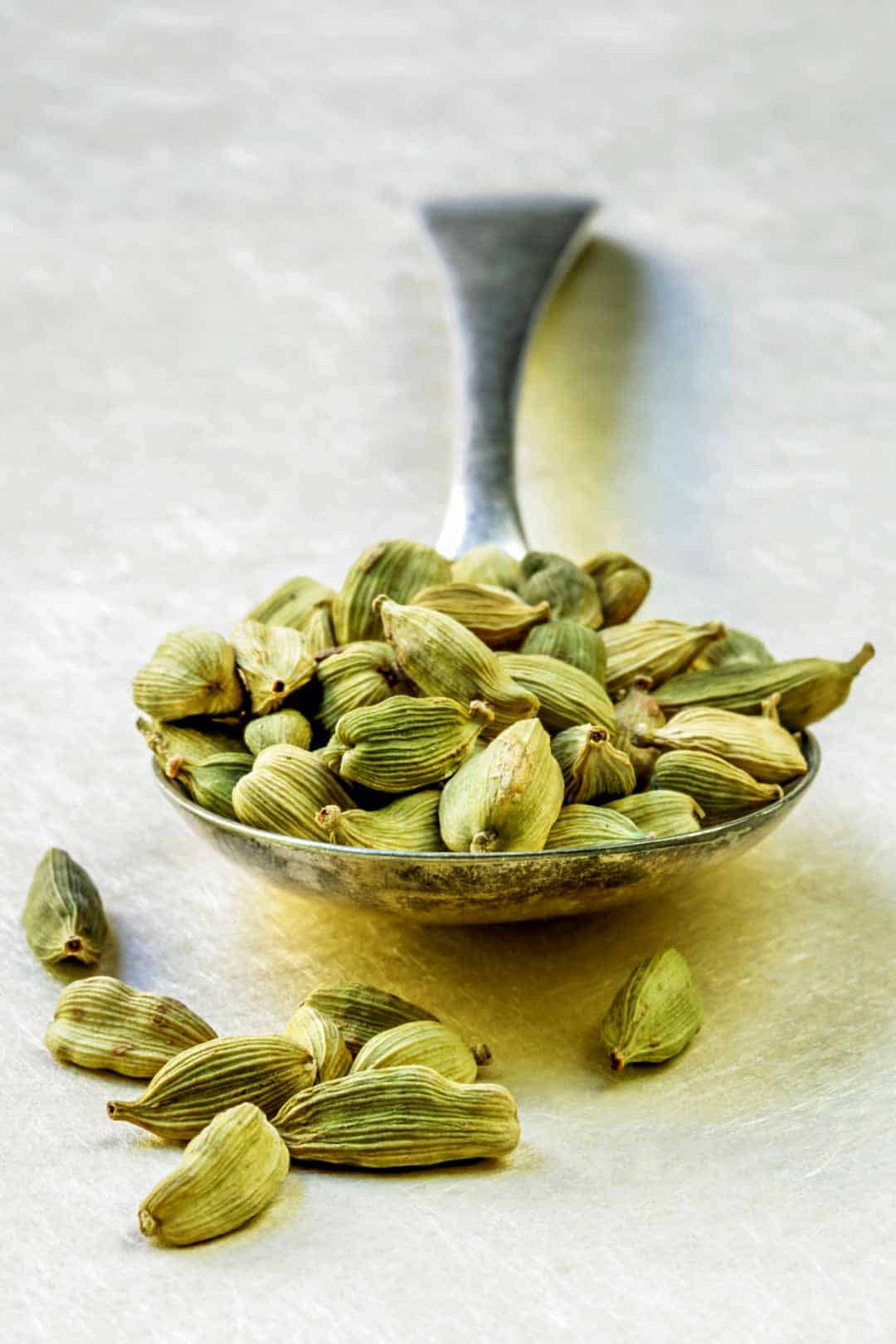
Fenugreek Spice
Fenugreek is used as both a herb (dried leaves) and a spice (seeds). Fenugreek is both sweet and bitter, and it's often roasted in its whole form before blending to cut some of the bitterness. In powder form, fenugreek is especially aromatic. It pairs well with cumin, fennel, cardamom, and turmeric.
Use it in semolina cake or chicken and rice dishes.
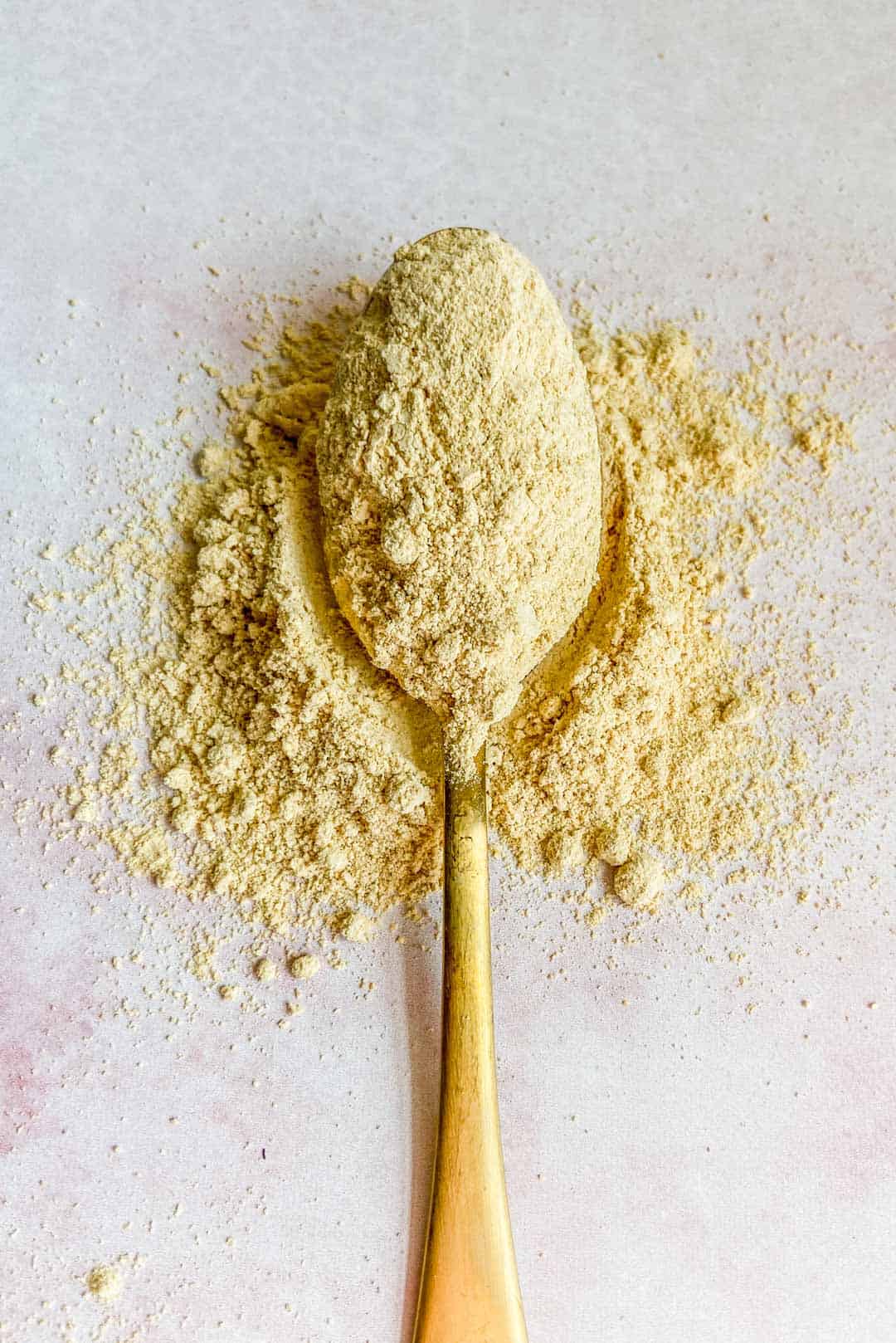
Sumac Spice
Sumac spice is a flowering plant that grows in the Middle East, Asia, and North America. It usually grows as a small shrub or tree. Its flowers form a red fruit that is ground and used as a spice, typically in Middle Eastern cuisine.
Use it in tea, Arabic Salad, or Tahini Yogurt Sauce.
